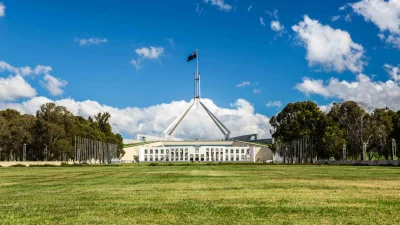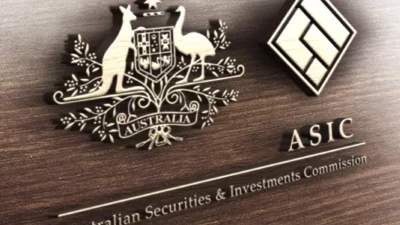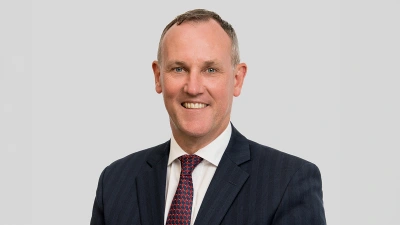Superannuation contribution caps unfair to women


Contribution caps help widen the gender gap in retirement savings as they do not allow women to catch up with their superannuation after career breaks such as maternity leave, according to the Self-Managed Super Fund Professionals' Association of Australia (SPAA).
SPAA has called for both the industry and the Government to help women plan for retirement and narrow the gender gap in superannuation.
One way of addressing the gender imbalance in retirement savings is to introduce opportunities for both compulsory and voluntary contribution catch-ups for women when they take maternity leave, according to SPAA chief executive officer, Andrea Slattery.
"However, the caps on their contributions in a period of their career when they can catch up on their retirement savings disadvantages them compared to those remaining in the workforce and reduces their superannuation balance when they retire," Slattery said.
"Restoring the superannuation contribution caps to their pre-2009 Budget levels will encourage greater retirement savings by those who can afford to make extra super contributions at certain times in their lifecycle," Slattery added.
SPAA pointed to figures released by the Australian Taxation Office, which show an average member balance of $439,000 for a female SMSF member.
However, women in other types of superannuation funds have an average member balance of $22,000.
"The gap in superannuation balances between men and women tends to be narrower within SMSFs as women are more engaged with their finances, the fees for SMSFs are a lot lower and there is a growing number of women wanting to make their own decisions when it comes to retirement savings," Slattery said.
Recommended for you
With just over three weeks until the federal election, the FAAA has put a reduction in red tape and further support for new entrants on its priority list for an incoming government.
The corporate regulator has issued infringement notices to three AFSLs whose financial advisers provided personal advice to a retail client while unregistered.
Rather than taking a controlling approach, the latest generation of overseas private equity deals is helping advice firms to achieve their growth ambitions, three commentators have said.
Private wealth firm Fitzpatricks Group has appointed a newly created head of product, who previously spent 20 years at CFS, to bolster its range of investment options.














